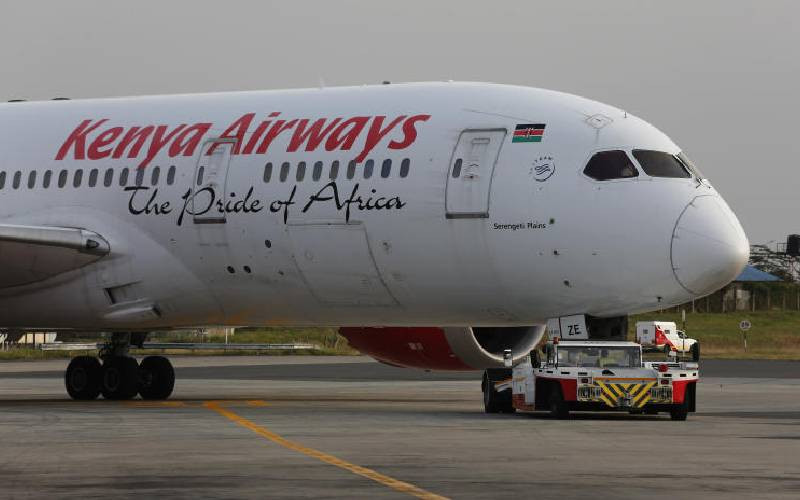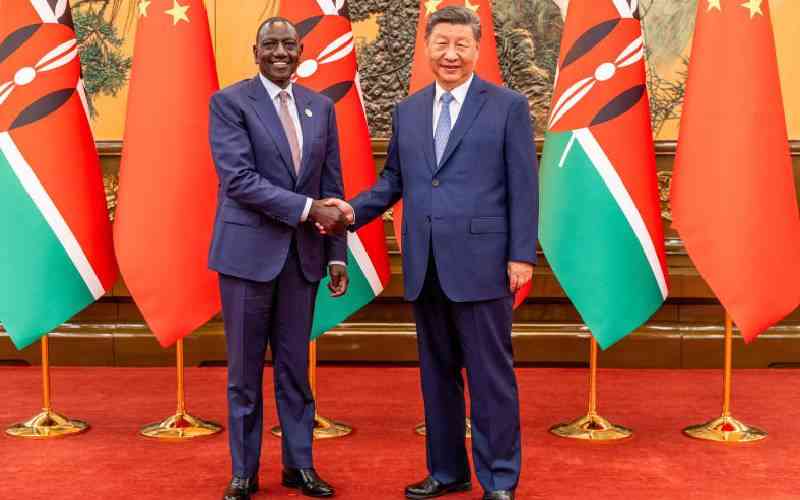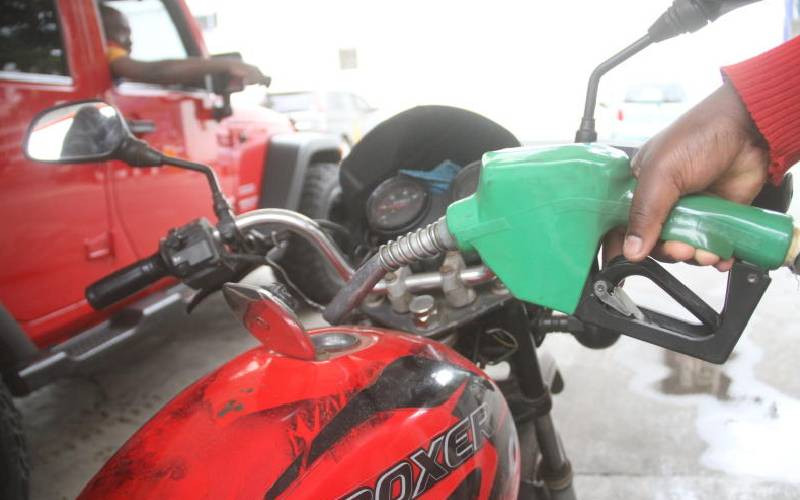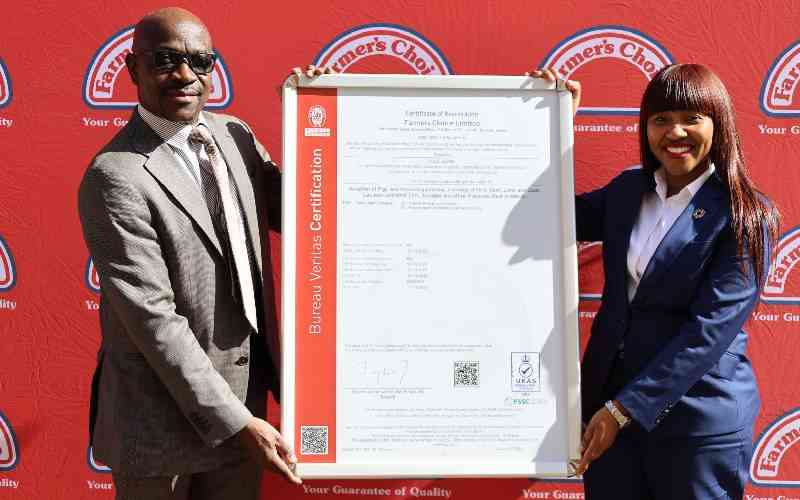×
The Standard e-Paper
Kenya’s Boldest Voice
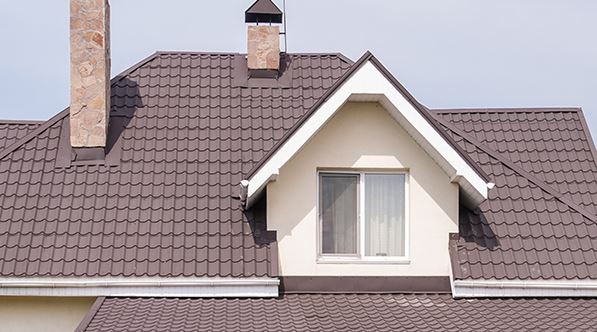
As everyone rushes to appear unique in the design of their houses, the roof has become a key point of reference for style.
Due to its visibility, the roof to a large extent determines a building’s aesthetic value and builders are going to great lengths to use materials that stand out.

